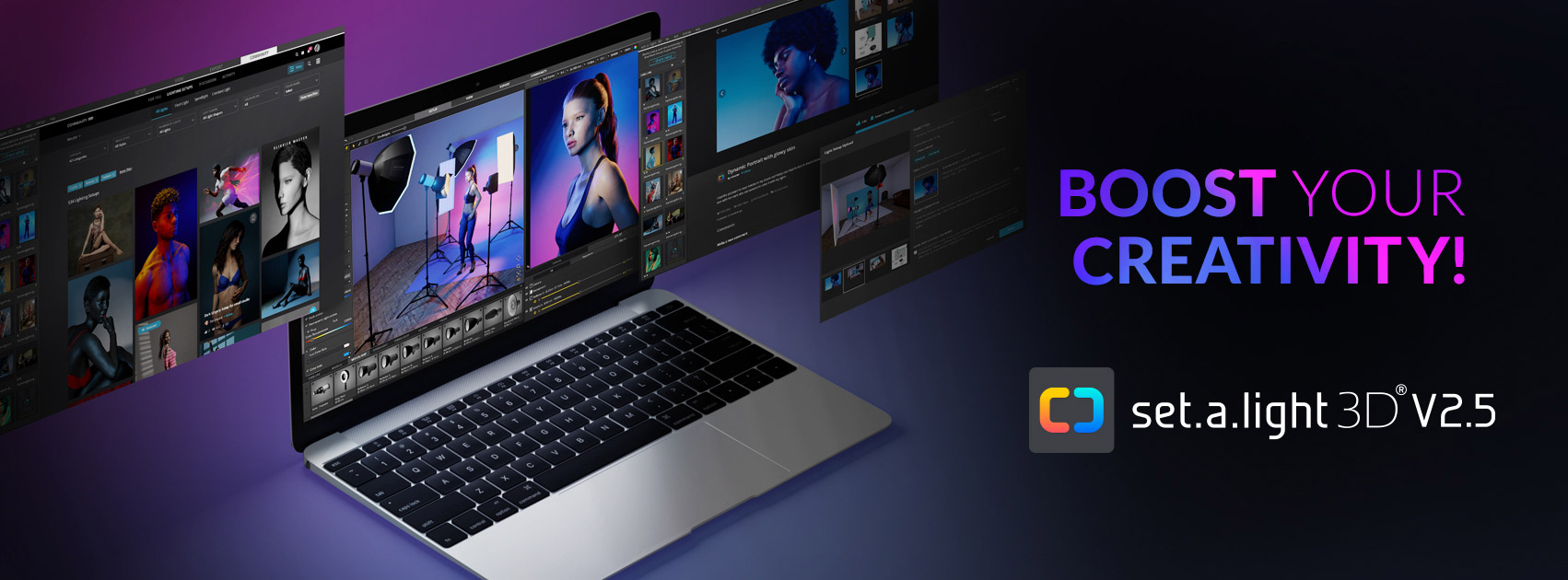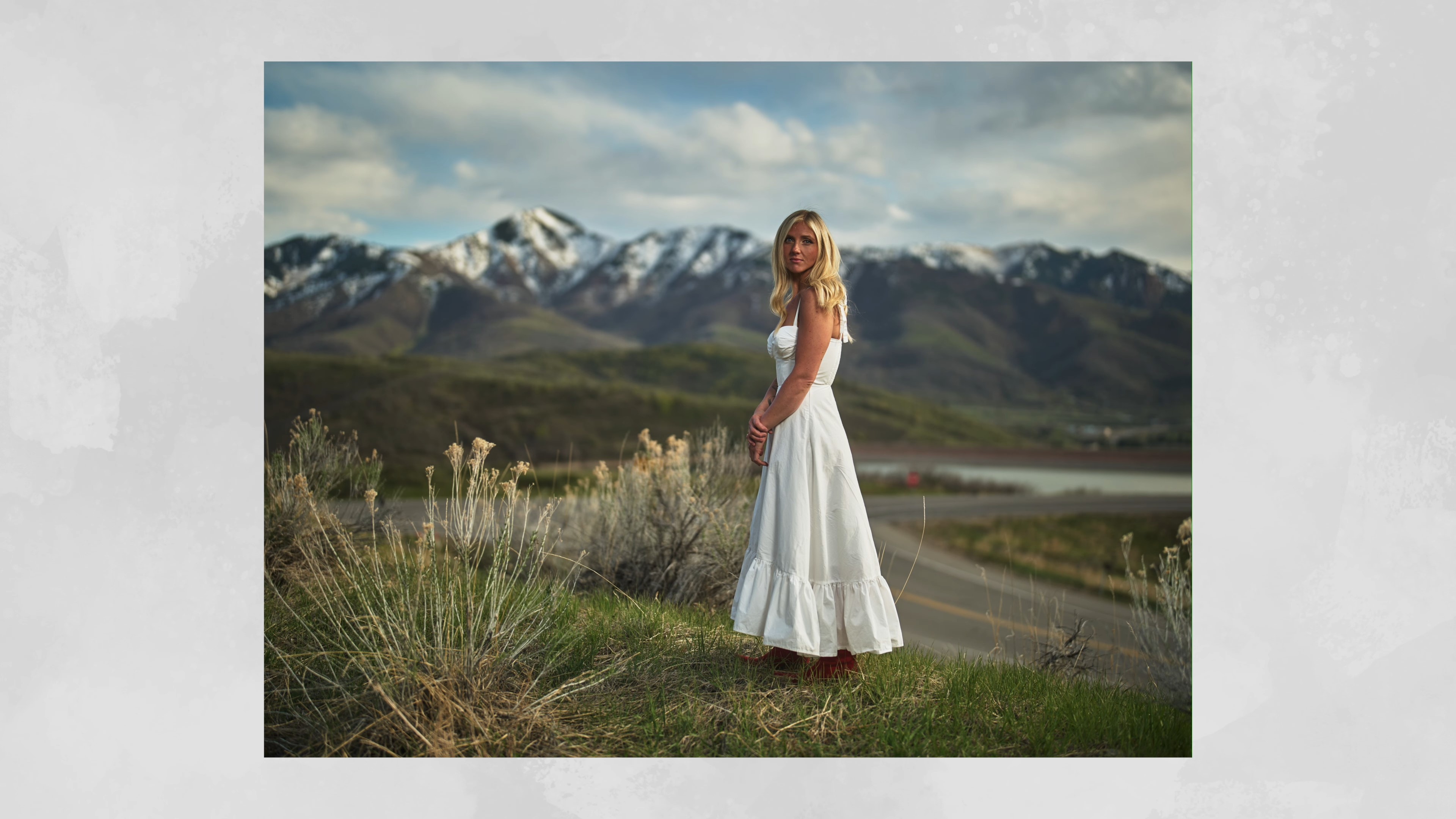Mastering Outdoor Portrait Lighting with Flash: A Photographer’s Guide
Crafting captivating outdoor portraits goes far beyond simply popping up a flash. Drawing inspiration from Nick Roush's professional workflow, this guide unveils a structured and repeatable approach to seamlessly blend the beauty of natural light with the precision of artificial illumination. You'll discover how to adapt to the ever-shifting outdoor environment and ultimately elevate your portrait photography to new heights.
1. Scene Setup and Ambient Control
Start by framing your composition and posing your subject. The first technical step is underexposing the ambient light by 0.5 to 2 stops. This ensures the background doesn’t overpower your subject and gives your strobe light visual control over the exposure.
2. Testing Ambient Light First
Before introducing any flash, capture a test shot with just ambient light. Use your maximum sync shutter speed (e.g., 1/200s) and low ISO to keep the image dark. If needed, apply ND filters—4–5 stops—to maintain a shallow depth of field (like f/1.2) in bright daylight.
3. Flash as Key, Natural Light as Fill
Once the ambient exposure is dialed in, add your strobe . In this setup, the flash serves as the key light, while ambient or sun acts as fill or rim lighting. Balance the two by adjusting flash power and distance.
4. Choosing Lighting Styles
Select between classic portrait lighting patterns:
Rembrandt lighting for a dramatic, triangular cheek highlight.Butterfly lighting for a flattering, symmetrical look under the nose and cheekbones.Switch styles based on mood, facial structure, and scene.
5. Directing the Model
Clear direction improves results. A simple trick like having the model grab their arm can resolve uncertainty about what to do with their hands, resulting in more natural, confident poses.
6. Adapting to Conditions
Outdoor conditions change rapidly. When clouds shift, recheck the ambient exposure and adjust your shutter speed accordingly. The strobe is unaffected by shutter changes, giving you dynamic control over ambient without changing the light’s behavior.
7. Embracing Natural Light
If the light is great naturally—like soft overcast or golden hour—consider turning off the flash and capturing ambient-only portraits. It's often the most flattering and efficient choice.
8. Final Composition and Detail
Always ensure that the subject, wardrobe, and background complement each other. Whether it’s color harmony or background elements like mountains or urban textures, each factor contributes to the final image’s success.




















0 comments:
Post a Comment